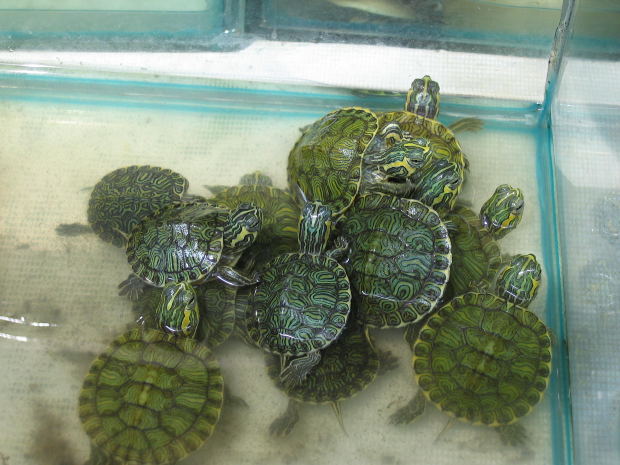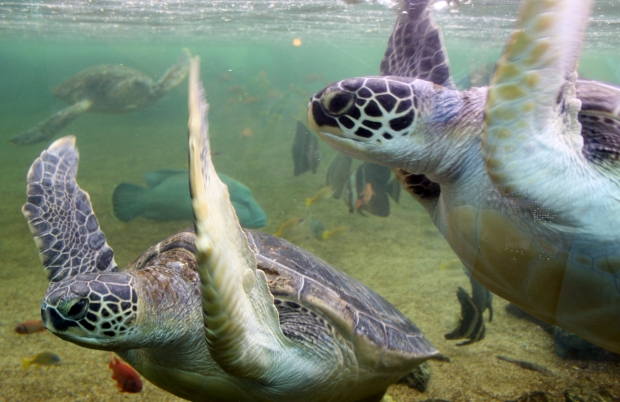Currently turtles are more and more popular as pets. It can be unfortunate that many of us invest in turtles without having the knowledge of proper care and health issues. Do not make that mistake. When it comes to turtle for a pet, you should do a little research. Understand all these necessary specifics. Read on!
Turtles are well-known to carry Salmonella
Salmonella is a sickness generally linked with foods. Reptiles generally carry salmonella bacterias. This bacteria could be transmitted from turtles to people. Turtles are great danger issue for youngsters. To avoid salmonella infections, you must rinse your hands immediately after handling turtles.
Seniors and small kids in danger
Salmonella can be life threatening. Generally caused by unlawful purchased turtles. Small kids and older individuals are specifically endangered. High temperature and diarrhea are frequent effects of this sickness. A number of salmonella bacterial infections can complicate and possibly result in loss of life. Salmonella also can lead to Reiter's syndrome. Chronic arthritis is caused by this syndrome.
You don't need to touch turtle to get ill
Contact with turtles along with other reptiles may be the most significant risk factor for small kids. There's no need to be in direct contact with turtles for getting ill. You could get infected indirectly, given that bacterias can certainly survive on surface types. High risk of infections comes by dealing with the turtle and later on holding your kids. Rinse both your hands if handling turtles.
Pet turtle care
Turtle care is challenging and never cheap. If done the appropriate way of course. Turtles require special care and large dwelling environment. You must provide big aquarium tank, the appropriate heat and correct food. Will your turtle care be good enough? Don't purchase a turtle if you can't provide sufficient care and attention. Turtles may live for decades. Getting a turtle family pet is a big responsibility.
Turtles are well-known to carry Salmonella
Salmonella is a sickness generally linked with foods. Reptiles generally carry salmonella bacterias. This bacteria could be transmitted from turtles to people. Turtles are great danger issue for youngsters. To avoid salmonella infections, you must rinse your hands immediately after handling turtles.
Seniors and small kids in danger
Salmonella can be life threatening. Generally caused by unlawful purchased turtles. Small kids and older individuals are specifically endangered. High temperature and diarrhea are frequent effects of this sickness. A number of salmonella bacterial infections can complicate and possibly result in loss of life. Salmonella also can lead to Reiter's syndrome. Chronic arthritis is caused by this syndrome.
You don't need to touch turtle to get ill
Contact with turtles along with other reptiles may be the most significant risk factor for small kids. There's no need to be in direct contact with turtles for getting ill. You could get infected indirectly, given that bacterias can certainly survive on surface types. High risk of infections comes by dealing with the turtle and later on holding your kids. Rinse both your hands if handling turtles.
Pet turtle care
Turtle care is challenging and never cheap. If done the appropriate way of course. Turtles require special care and large dwelling environment. You must provide big aquarium tank, the appropriate heat and correct food. Will your turtle care be good enough? Don't purchase a turtle if you can't provide sufficient care and attention. Turtles may live for decades. Getting a turtle family pet is a big responsibility.
Unlawful Pet Trade
In america it's illegal to sell tiny baby turtles. This prohibition was one of the most successful public health action to prevent turtle caused salmonella infections. The FDA is alerting people to not shop for little turtles.
Never ever "free" your own turtle
In case you come to a decision you are unable to take good care of your own turtle, get in touch with regional animals shelters or pet rescue groups. Don't "free" your own turtle in the nature. Releasing turtle is often against the law and even bad towards the surroundings. They might spread out illnesses that will wipe out some other wild animals. In some instances turtles could endanger natural bio-diversity by competing with local species for food as well as habitat. Red-eared slider is amongst the most invasive turtles. Pet trade helps this species to spread all across the globe.
Reconsider that thought
If you've young children below five or the elderly within your household, don't have a turtle for pet. Certainly, there can be a high-risk of salmonella disease.
In america it's illegal to sell tiny baby turtles. This prohibition was one of the most successful public health action to prevent turtle caused salmonella infections. The FDA is alerting people to not shop for little turtles.
Never ever "free" your own turtle
In case you come to a decision you are unable to take good care of your own turtle, get in touch with regional animals shelters or pet rescue groups. Don't "free" your own turtle in the nature. Releasing turtle is often against the law and even bad towards the surroundings. They might spread out illnesses that will wipe out some other wild animals. In some instances turtles could endanger natural bio-diversity by competing with local species for food as well as habitat. Red-eared slider is amongst the most invasive turtles. Pet trade helps this species to spread all across the globe.
Reconsider that thought
If you've young children below five or the elderly within your household, don't have a turtle for pet. Certainly, there can be a high-risk of salmonella disease.



 RSS Feed
RSS Feed